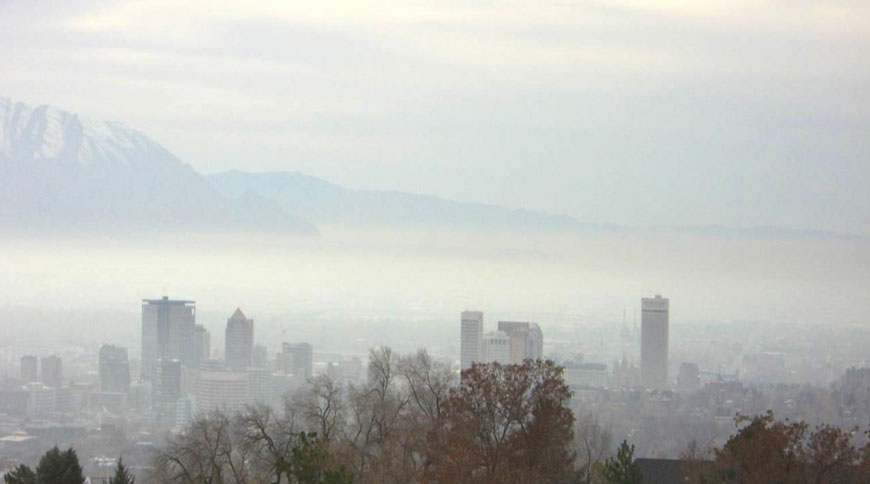Over 70% of high wintertime PM2.5 pollution in the Wasatch Front is composed of compounds that are chemically formed in the atmosphere from the emissions of gas precursors. The dominant PM2.5 component is ammonium nitrate, formed from ammonia (NH3) and nitrogen oxide (NOx) gas emissions.
For recent PM2.5 modeled attainment demonstrations, Utah Division of Air Quality (DAQ) artificially increased ammonia emissions by 200% over the Wasatch Front in order to improve model performance in ammonium nitrate and make up for a lack of ammonia in the State’s emissions inventory. However, this large addition of artificial ammonia creates a major model uncertainty.
The MOtor Vehicle Emission Simulator (MOVES) model (EPA, 2019b) that was used by DAQ underpredicts ammonia emissions according to recent scientific research. Based on these findings, Ramboll replaced DAQ’s approach of artificial ammonia injection by increasing the amount of on-road vehicle ammonia emissions by a factor of two. The scaled-up on-road ammonia added 40% more ammonia to total inventoried Wasatch Front ammonia, which is less than the 65% increase from UDAQ’s recent PM2.5 SIP modeling. The scaled-up on-road vehicle ammonia emissions led to a close agreement between modeled results and PM2.5 observations at urban monitoring sites (e.g., Hawthorne, Rose Park).
However, there still existed major uncertainties in other ammonia emission sectors, specifically animal husbandry and landfill/composting facilities. There is a lack of information that is needed to address fundamental ammonia inventory issues (animal head counts, composting volumes) in more rural areas. The under estimates of agricultural ammonia are likely the primary cause for PM2.5 under predictions in the more rural counties of Box Elder, Weber, Tooele, and Utah.
Another important finding from Ramboll’s study is that carbon emissions from sources such as residential wood smoke may be overestimated in the Salt Lake City area. Study results also suggest that the allocation to organic (OC) and elemental carbon (EC) emissions from inventoried primary (direct) PM2.5 emissions needs adjustment for certain emissions sources.
- Principal Investigators: Chris Emery (Ramboll)
- Study Period: July 1, 2019 – March 31, 2020
- Funded by Science for Solutions Research Grant: $86,39
- DAQ Contact: Chris Pennell ([email protected])

